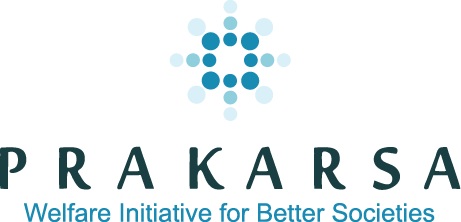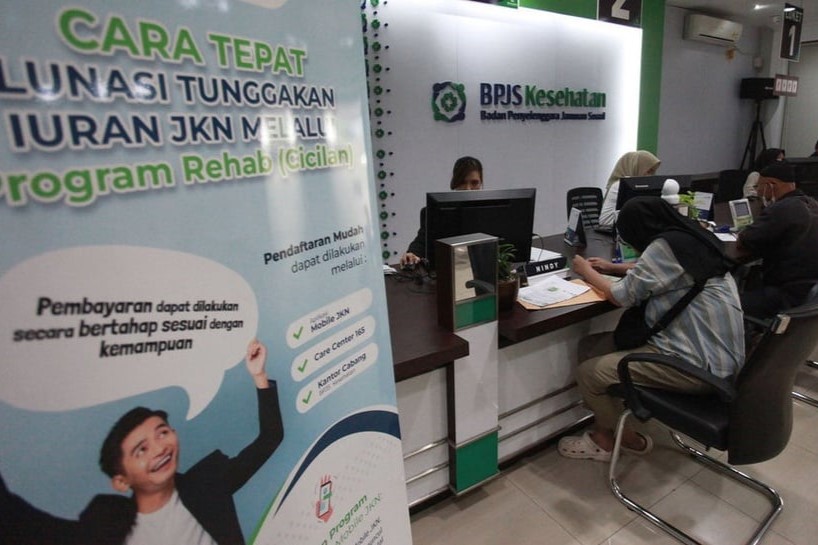Reducing the prevalence of smoking is not an easy task. Using excise taxes to reduce smoking rates is the go-to weapon with high expectations. However, it has not provided encouraging results, especially in Indonesia’s case.
Data from the World Health Organization (WHO) highlights that Indonesia currently has the highest prevalence of smoking in the world for adult males. The figure continued to increase from 70 percent in 2010 to 76 percent in 2016. In addition, basic health research data from the Health Ministry shows that the prevalence of youth smokers soared to 8.8 percent in 2017, exceeding the government’s planned target of 5.4 percent.
Indonesia’s high smoking prevalence can be attributed to the lack of commitment to maximizing its use of excise instruments. Based on laws and regulations, the government can set an excise tariff of up to 57 percent of the selling price of retail cigarettes. However, the rate has stayed at around 40 percent.
Although the government has the capacity to increase the excise tariff, this has been seemingly hard to achieve. Additionally, in 2019, the government failed to increase its excise tariff on cigarettes despite the increasing smoking rate among both adults and children.
The urgency to reduce the prevalence of smoking in Indonesia cannot be ignored any longer. Statistics Indonesia (BPS) has stated that smoking was the second-largest contributor to poverty in Indonesia. Meanwhile, the Health Care and Social Security Agency (BPJS Kesehatan) claims that chronic illnesses, such as heart disease, kidney failure, cancer and stroke, which are attributed to smoking, highlight the need for further national health insurance funding.
The rate of people attempting to quit smoking is insignificant. The WHO reported that up to 30.4 percent of smokers in Indonesia have tried to quit smoking, but only 9.5 percent have been successful, even despite the raised excise tariff.
Withdrawal symptoms from nicotine can cause debilitating anxiety, depression, increase in appetite and mood swings, making it increasingly difficult for smokers to overcome addiction if unaccompanied by assistance.
More comprehensive smoking cessation programs should be made more widely available to reduce smoking prevalence. Many other countries have been successful in decreasing smoking rates through such strategies.
There are various methods and approaches to smoking cessation. One option is to use a form of medication commonly known as Nicotine Replacement Therapy (NRT), which can be administered using transdermal patches, gum, nasal spray, inhalers and lozenges. Other approaches to accompany NRT include counseling, both in a group or individual, telephone services or through internet support services.
Studies indicate that a person who wishes to quit smoking through assistance programs has a higher chance of success, compared to the “cold turkey” approach where a person abruptly decides to stop smoking without any sort of assistance. Research by Shu-Hong Zhu and colleaguesshowed that a person who wants to quit smoking accompanied by assistance is twice likely to be successful than someone unassisted by smoking cessation programs. Furthermore, a study by Martha Andritsou and colleagues concluded that completing a smoking cessation program is the key factor to quitting smoking.
Unfortunately, in Indonesia, smoking cessation programs have yet to receive the required attention from the government as a preventative strategy for reducing the prevalence of smoking. Apart from cigarette excise taxes, government support for smoking cessation programs still falls short compared to other programs, for example, smoke-free policies, pictorial health warnings and restrictions on cigarette advertising.
Moreover, although smoking cessation options are available through clinics in hospitals, they are not widely available in many hospitals. This is also apparent in local primary care centers. Although counseling support services have been made available for smoking cessation, the number of services available are not evenly distributed. According to the Health Ministry counseling services provided by the government for people who wanted to quit smoking in 2018 were only made available in 20 percent of some 9,000 community health centers (Puskesmas).
Furthermore, telephone services provided by the ministry to quit smoking also seem to have had little effect. The ministry found that the success rate for people who have quit smoking is approximately 30 percent, while 68 percent were still attempting to quit smoking and 2 percent had quit smoking but had lit up again.
As Indonesia has one of the highest rates of smoking in the world, it should be highly committed to reducing such prevalence. One effective strategy to reduce smoking prevalence, is through the availability of smoking cessation programs. If we can double the rate of people who successfully quit smoking, we can reduce the prevalence of smoking among adult males in Indonesia by 66.5 percent. This will indirectly alleviate the cost of BPJS Kesehatan claims, most of which come from chronic illnesses as a result of smoking.
In short, the government should adopt easily accessible smoking cessation programs as an alternative strategy for reducing the prevalence of smoking in Indonesia.

TheJakartaPost – Strengthen Govt Support to Help Smokers Quit
Dimuat pada tanggal 12 Oktober 2019
Penulis: Widya Kartika and Rahmanda Muhammad Thaariq
Source: TheJakartaPost



